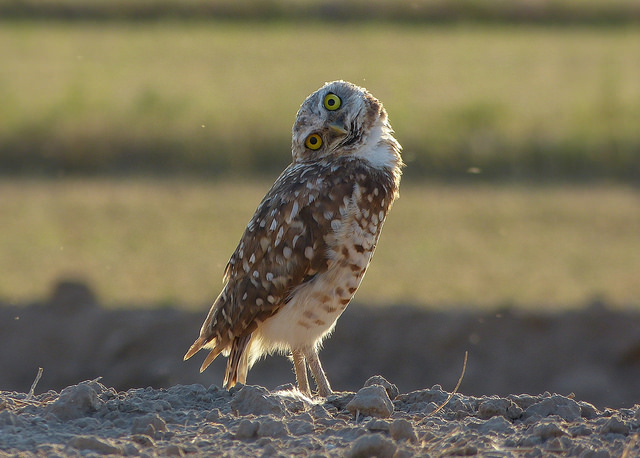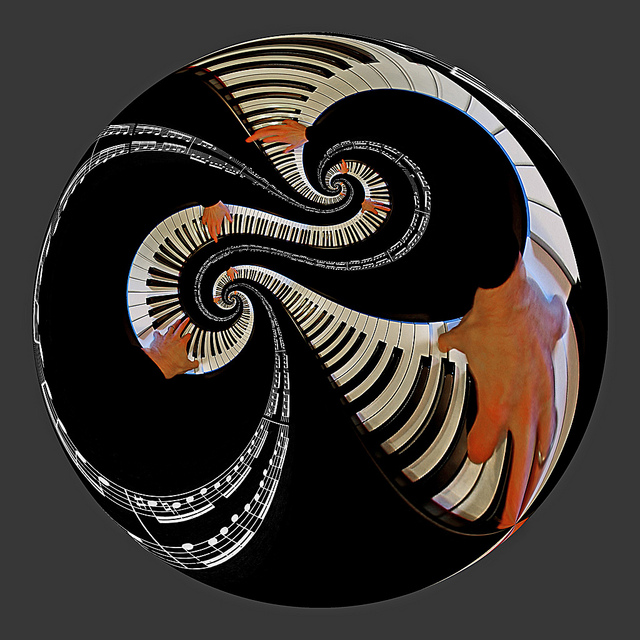Listening, and thinking on the way music creeps under your skin to make you move… I spent this week thinking on scales and their relationships as part of #MUS654 – of notes to notes, and yes, the relationships of the notes to people. Context can be everything and it can change so much. The way things are ordered, presented, and the way we look at them is important for how people attribute meaning.
For each type of musician, there are different physical parameters that influence the mechanical logistics of how we paint our sounds. Let me explain… in my last post I talked about how singers don’t use ‘fingerings’ for their notes. They have intense links between the conceptual understanding of what needs to be done to achieve a certain pitch and then they make the sound. There is no looking (down the throat!) to check they have the right positioning. Yes there are physical aspects of singing that can be seen – like mouth shape and torso placement/use, but there are unseen aspects and somehow there is a strong connection between the mind and the outcome.
Likewise for other instruments the mind is very important, but there is this pesky other bit that cannot be ignored… As a cellist, I work with my hands and because of the way the instrument is laid out, I use one hand to make the notes and the other hand to make the sound.
That is putting it in the most basic form, I know, but roll with me for now. So I have one hand to make notes, and at any given time I tend to have four fingers that could be played on the strings (The thumb tends to be behind the instrument when playing on the neck, and when up high, the thumb becomes a ‘finger’ and the pinky finger is generally too short to reach, so isn’t used.) Of those four fingers, I tend to use three at a time. This is because of the ‘grammar’ rules of tonal music. On the cello there are semi-tones (half-steps) between fingers and we tend to use melodic material based on scales, not only chromatic material.
Ok. What’s my point?
My point is that to play any decent length of music I either have to change strings or change the position of my hand to actually reach the notes. ! That is fine, but if I want to have a full range of expression at my disposal, I really need to know both the geography of the instrument, and the permutations of how and where I can use my different three-note fingering groups within each hand-shape.
Here’s a practical example about perspective: With a small change, we can mix up something simple and make it groove.
(I didn’t by any means invent this, but I was at a workshop over the summer and got to thinking of the pedagogical implications of this technique…)
The shuffle…
This is a little pattern built on whatever scale the music is in, and it can be played along as a bass/accompanying pattern, following and building on the notes in the chords. It goes like this, and you’ll see there is a pattern of four notes, and the first two notes are slurred. In practice, it means they are articulated like saying dee-ee da- da-. Then the pattern moves up a note in the scale, or for advanced players it can move to another chord tone. For now let’s consider the start of a scale:
For the cello this happens to be a great key, easy, and there is no need to move the hand. Super!
The pattern can now be shifted to change where that slur is, and instead of connecting the first two notes of every block, occasionally we can connect one block to another, by linking the last note of one group to the first of the next group. Now that’s fun (and a bit like a mental jigsaw on first attempt).
See how it changes?
It is a bit like shifting your balance, and sometimes when you tilt your head, the whole world looks different. 
Image CC BY-SA by Mike’s Birds
The tricky bit comes when, as a cellist – and I imagine this is true for other instrumentalists who depend on their hands to produce the notes – I have to deal with this in different keys. Remember I mentioned I can use three fingers at once? Lucky for me this is a three-note (pitch) pattern. However, that doesn’t necessarily sit with how scales are presented or practised. Let me explain:
Here’s a scale in B Major. I have used the first octave, with a standard fingering (Galamian fingering) that works on all the major keys- it’s a pattern. The fingering is on top of the staff, and the numbers below are what string to play on. The important part is that you can see there are changes. Actually there are changes every three notes for this first octave, and the hand moves (shifts) continue every three notes for the next octave too.
This throws a spanner (that’s English, it’s ‘wrench’ in Americanish) in the works. If I apply the shuffle pattern to that fingering, I am going to have to fly back and forth with string crossings galore: 1241, 24 (leap across the string and move the hand) 1 (leap back and across the string) 2, 4 (leap, cross) 12 (leap back, cross again) 4… you get the idea. Chances are I will both break a sweat and mess up.
What to do?
This is where I need to understand the geography and possibilities so that palate of colours can be accessed. Otherwise I am limited to the confines of whatever pattern has been mindlessly imprinted on my brain. Thinking is hard work, but the benefits are magic. What can I do?
- Consider what notes are within each grouping
- How do they lie within that particular key?
- What is their geography?
- What are the possible finger combinations?
- What are the possible string crossings?
Then I am ready to make a decision on how I would like to play them. I might do this:
That looks better! I do need to understand the layout of the notes of the scale to get the semi-tone/tone (half/whole-step) relationships right, but then I’m away. One more step… when I add those slurs, I might reconsider the fingering depending on how I want to express those links…
There is a lot to think about and the layers of complexity are hopefully not ever seen by the listener. The goal is just to have that pure sonic communication that transcends the how and what of words.
One last thing (it’s fun):
I leave you with a clip of Bojan Cvetrežnik playing his violin. He was the workshop leader who introduced me to this simple concept of a shuffle. Although he isn’t doing that in this clip, you can clearly hear how articulation and small changes can impact the electricity of the music. Enjoy!
Featured image CC BY-ND by Andrew Gustar
I wonder if any of this resonates (forgive the pun) with you and your instrument? Drop me a line and let me know… I’d love to learn from you.



